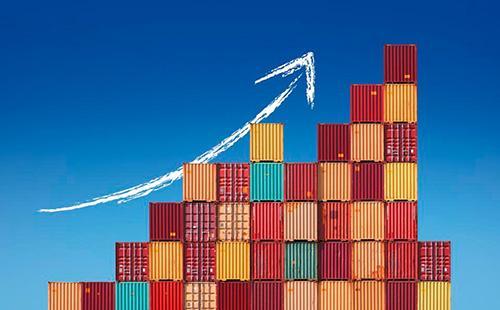Whether you are for or against New Year’s resolutions, entering a new year gives us the opportunity to look back as well as ahead. And it’s likely that 2022 has some changes in store. Let’s look back on the top pricing trends in 2021 and I’ll share three predictions for 2022 and what they mean for the future.
What We Saw In 2021
Inflation and continued supply chain disruptions were, not surprisingly, the biggest stories with regard to pricing. The combination of these two issues led many companies to revise their pricing strategies and tactics. Consumer packaged goods companies are thinking more holistically about pricing and promotions and making prices more dynamic, and the everyday prices of many key-value items and categories, like milk and meat, have moved up. Retail was not alone — even technology companies increased their prices, which is generally unheard of.
Unfortunately, some companies were left flat-footed compared to their better-equipped competitors. It also led to some strategic moves like beginning to build inventory in manufacturers and distributors in certain categories as some companies realized that just-in-time manufacturing does not always work as planned. In the wake of product delays, some companies, especially B2B procurement organizations, have indicated a higher willingness to pay for supply chain continuity, while a larger discussion continues around the effectiveness of just-in-time inventory techniques.
What We See For 2022
What can we expect through 2022? Here are three trends that will gain traction in the coming year.
1. Inflationary pressure will continue but at a lesser rate.
Inflation is at its highest rate in 40 years, and projections show it may rise more in the first half of 2022, at which point the Fed will likely be forced to raise interest rates. Not all the price increases over the past year have sound reasoning, and the government has taken notice. It is beginning to intervene in markets like proteins and gasoline. To ease pricing pressure, companies will build inventory positions where possible and supply chain disruptions will start to ease, though backlogs will continue to impact certain sectors throughout the year.
2. Inflation and supply chain changes will drive dynamic pricing across more industries and inspire new pricing strategies.
Companies have been forced to raise prices, but when inflation subsides, they will need to lower them in competitive markets. Because supply chain disruption will continue albeit at a lesser rate, pricing strategies like surcharges for supply chain continuity or inventory holding are becoming more commonplace, but these must be able to be removed when the pressure eases. Transparency and agility are key in employing new strategies. Some impacted sectors, like travel, will continue to see wide fluctuations in prices — peak travel is priced higher than it has been historically, but reduced travel budgets and practices in companies will reduce demand and pricing in normal business travel periods. Other sectors will see more of a return to normal, but how fast and what that “normal” looks like remain to be seen.
3. The democratization of pricing science and AI in mid-market companies will allow more pervasive use of AI-driven pricing in more industries.
The cost and time required to implement AI- and science-based pricing optimization has never been lower. Data availability and cleanliness mean AI applicability, speed to value and usage have never been higher. Enterprise AI platforms are available to more and more organizations. There is also an increase in the number of AI engineers and scientists trained in higher education. These forces are converging, and we are seeing more mid-market companies with data scientists looking into pricing optimization and hoping to exert some control over it. The rise of the “citizen data scientist” and an increased focus on AI/ML operations in mid-market companies means that science- and AI-driven price optimization is available to smaller companies that could not have considered it in the past. This, combined with SaaS tools that are increasingly fast and affordable to deploy, means the use of these techniques will become more pervasive.
What This Means For 2022 And Beyond
As interest rates rise, inflation will come down. How long this will take is impossible to predict, but it will have major effects on certain markets, especially real estate and commodities. As Covid evolves in 2022 to what may be (hopefully) a more manageable strain, it is fair to say that there will continue to be a lot of uncertainty, so the need for pricing optimization and agility is here to stay.
READ FULL ARTICLE HERE

